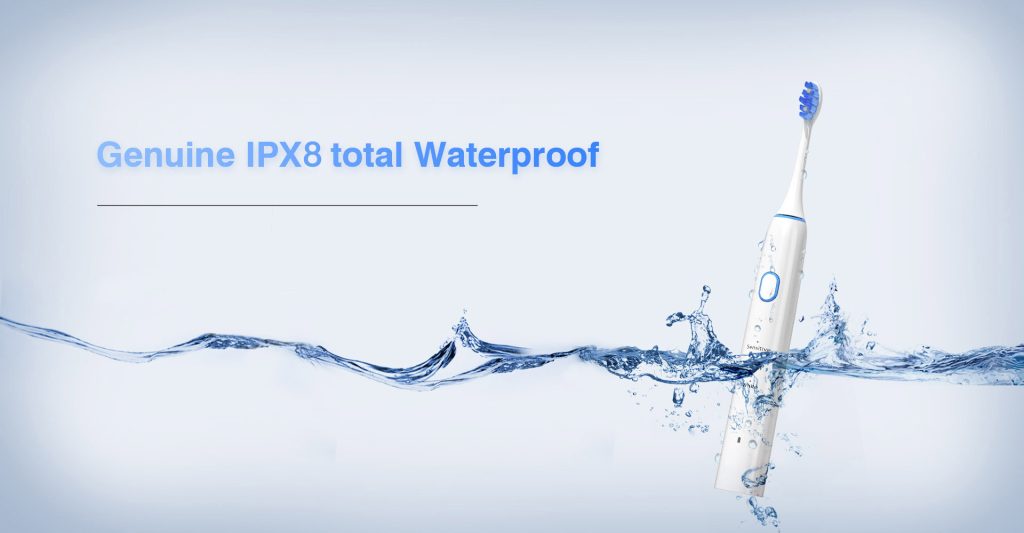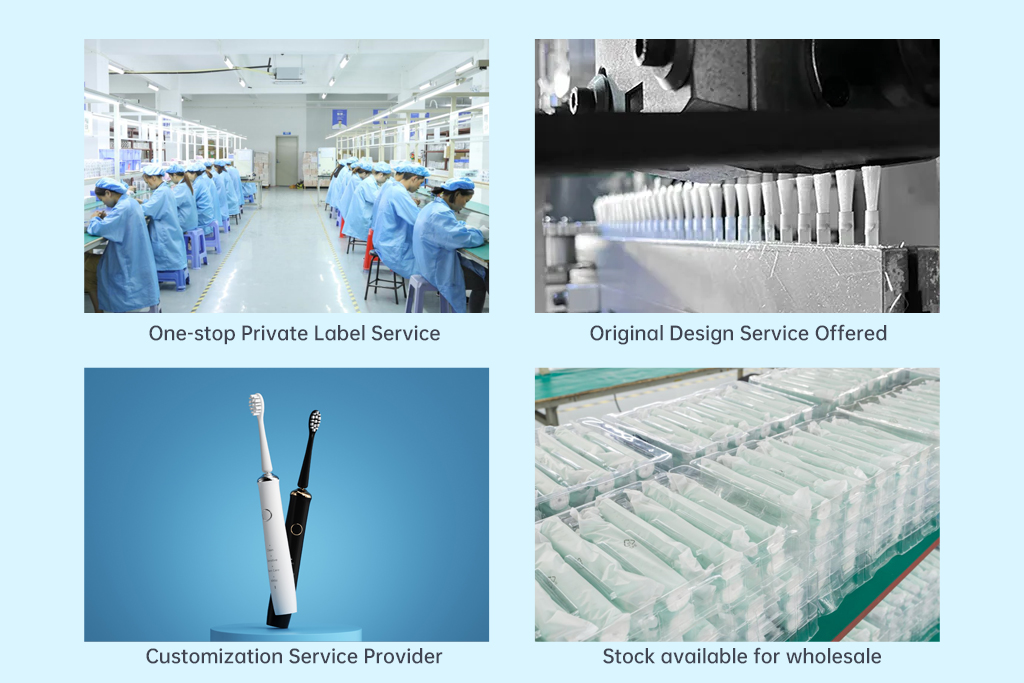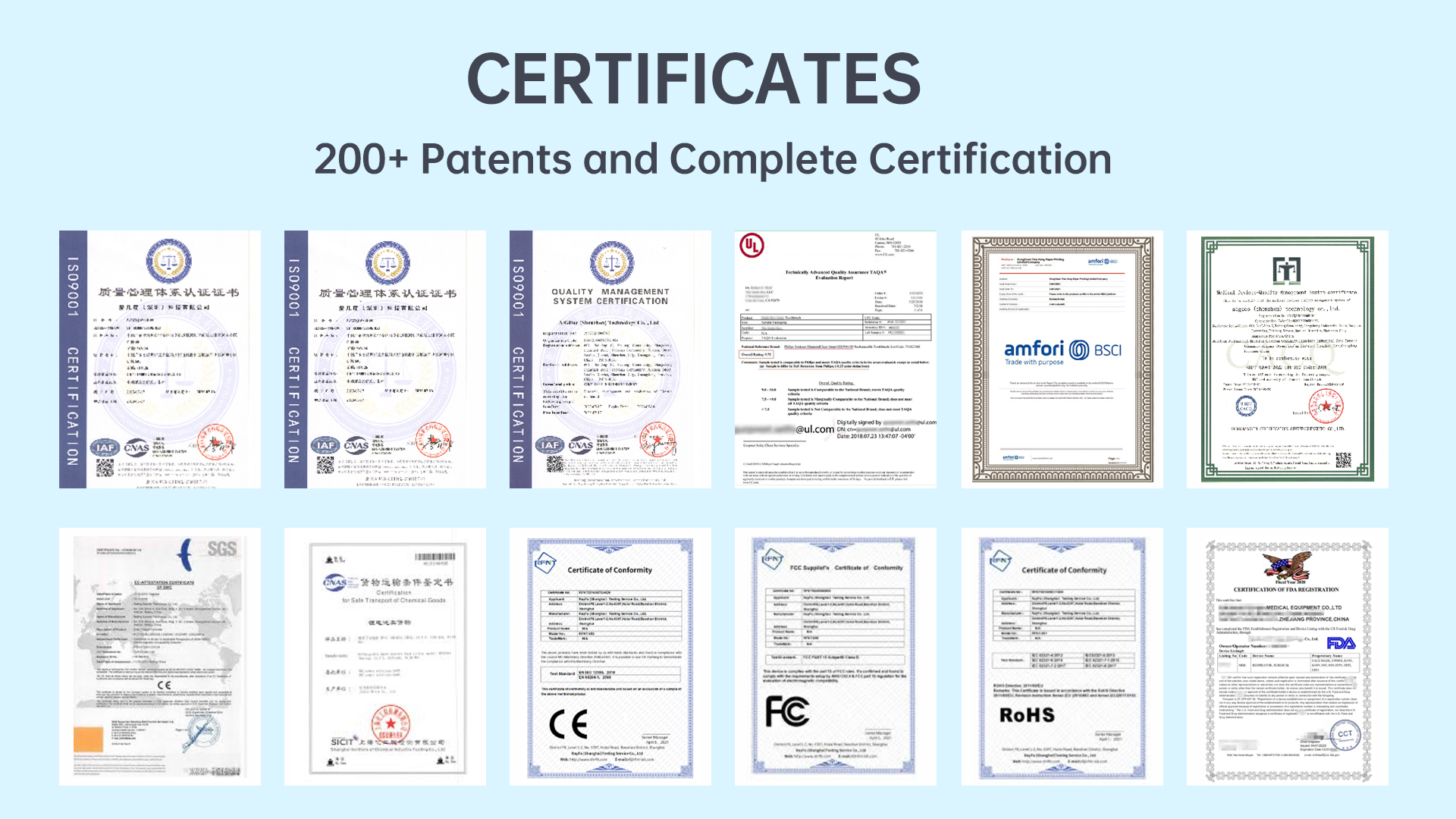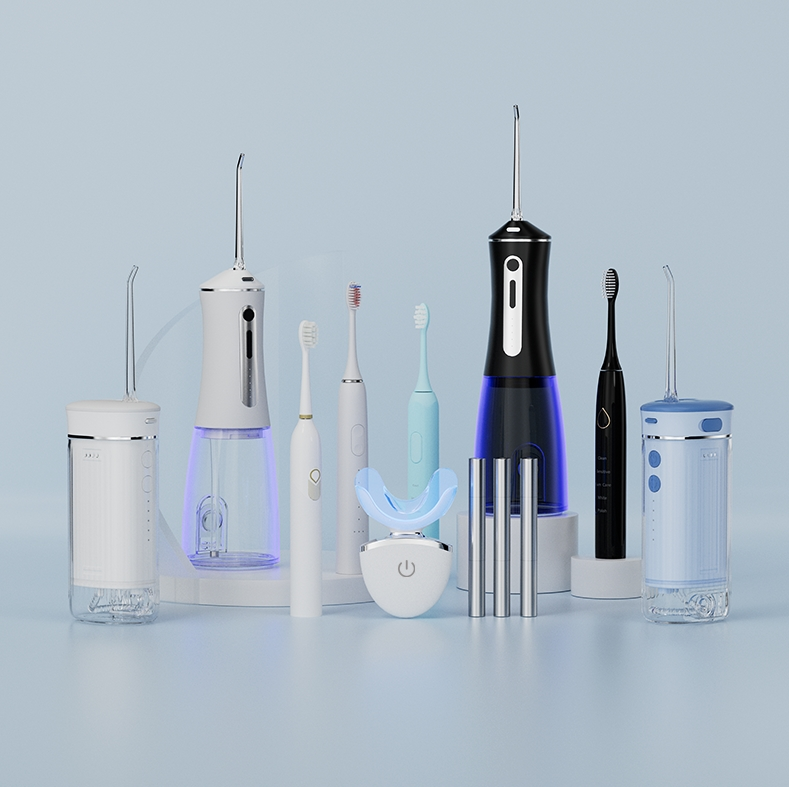In daily use of personal care devices, especially water flossers and electric toothbrushes, users often encounter unexpected water splashing coupled with handle slippage. While these two issues may appear minor or unrelated at first glance, they frequently originate from deeper design shortcomings. For manufacturers aiming at premium user experience and reliable performance, could this combination indicate a critical design flaw that requires immediate attention?
Water splashing typically results from:
These design weaknesses lead to unexpected water ejection, often wetting unintended areas like the user’s face, clothes, or bathroom counter.
On the other hand, handle slippage becomes a problem when:
Such slippage not only reduces user control but can also lead to accidental drops, posing a risk to both the device and the user. Company web: https://www.powsmart.com/product/electric-toothbrush/

These two faults are not merely coincidental. Water splashing often leads directly to handle slippage by:
Therefore, they should be treated as a combined design challenge rather than isolated problems.
For end-users, this problematic duo impacts:
For B2B distributors, returns, complaints, and warranty claims will likely rise if these issues are not resolved.
To prevent water splashing and handle slippage, OEM/ODM manufacturers should examine:
Ignoring these factors compromises both usability and long-term brand value.
Forward-thinking manufacturers can explore:
Such innovations will set new standards for both product safety and customer satisfaction.
In conclusion, water splashing and handle slippage are more than superficial inconveniences—they reflect deeper design flaws that can harm product perception, user satisfaction, and brand credibility. OEM/ODM manufacturers must address these combined failures at the design stage to ensure reliable, user-friendly, and market-competitive devices. Contact us
Incomplete Flushing after Flow Interruption?
.jpg)
How Brands Can Achieve Higher Margins with Premium Water Flossers

Benefits of Electric Toothbrushes: Why Brands Should Invest in electric toothbrush Quality Manufacturing
Battery Leakage and Circuit Corrosion – Dangerous Duo?
Pulse Instability with Noise Spikes – Motor Dying?
.jpg)
Product Expansion Strategy: Why Brands Should Add Water Flossers to Their Lineup
.jpg)
sonic electric toothbrush Little Rock

How to Choose an Electric Toothbrush Factory for Superior Cleaning Power?

Common Electric Toothbrush Issues & How Factories Can Prevent Them
Motor Jamming with Overheating Alerts – Linked?
Weak Vibration Plus Sensor Failure – Double Malfunction?
Mucosal Irritation with Chemical Residues – Toxic?
Taste Alteration After Tray Misalignment – Coincidence?
Nozzle Blockage Causing Pressure Loss?
Charging Port Damage Triggering Bristle Shedding – Related?
Cavity Risk from Taste Residue?

electric toothbrush heads Ultra Soft

electric toothbrush heads Charcoal Infuse-Round

Private Label Whitening Gel

Customization Teeth Whitening Gel
.jpg)
Florida Electric Toothbrush – Powsmart PTR-C8

electric toothbrush heads Deep Clean

electric toothbrush heads Regular Clean

Electric toothbrush heads Charcoal Infused-Diamond
whstapp
whstapp
National Toll-Free Service Hotline
+86 755 86238638